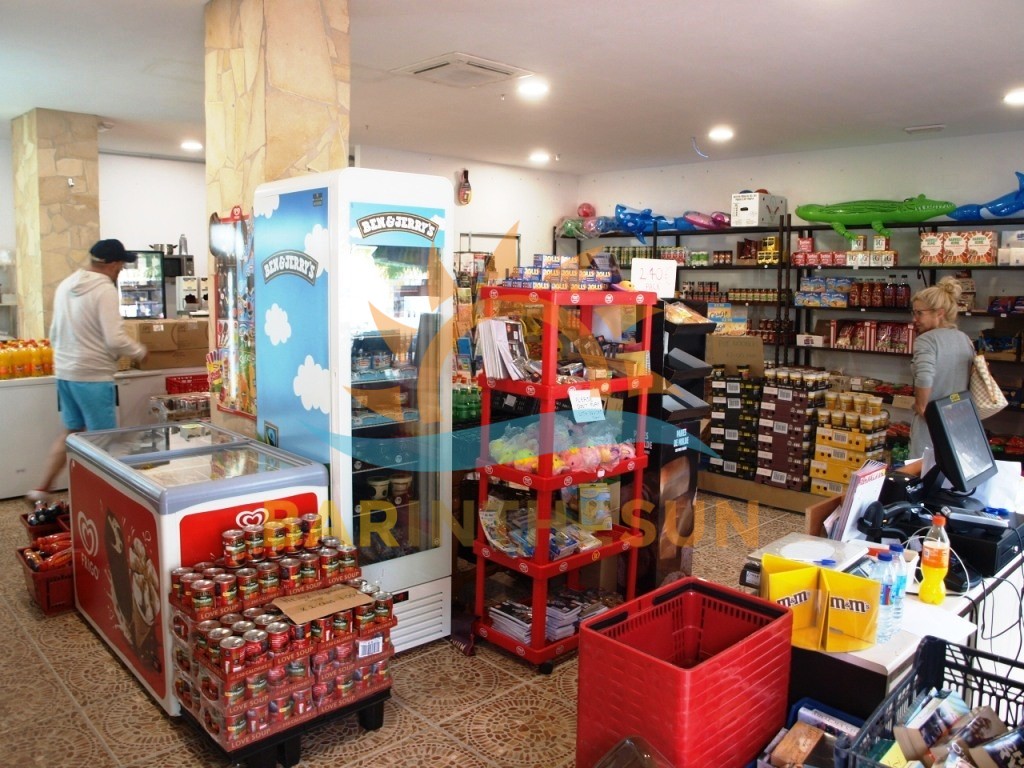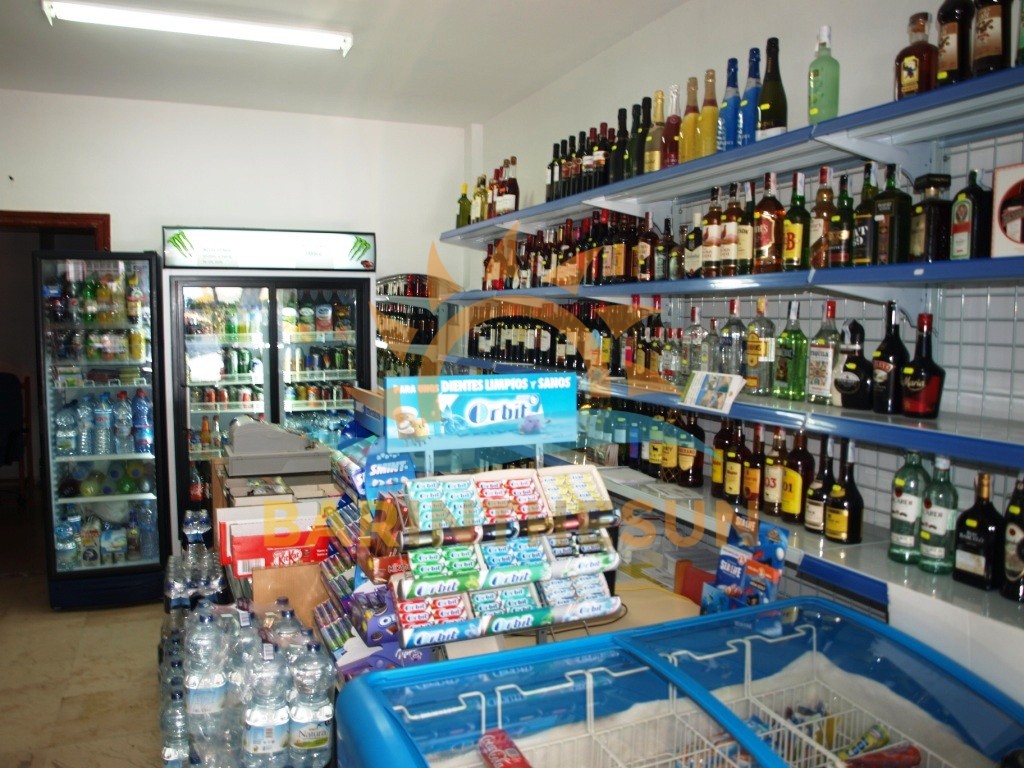Tip #1: Don’t assume the item you’re looking at is still for sale.
I learned this one early on. I don’t know why people leave listings up after they’re sold, but they do. It’s annoying, but it’s something you’ll encounter if you want to find a good deal. Your first step should always be to ask whether the item is still for sale. It feels tedious to do this every time, but it saves the mental energy of calculating your offer price, as well as the emotional involvement of getting your heart set on something that’s no longer available.
Tip #2: Move fast.
Once you’ve verified that an item is still available, act quickly. With hundreds of other invisible shoppers, hesitating for even one day can mean losing your chance. Even if you’re still finalizing details, go ahead and place an offer on it to hold your spot, so to speak. This may seem rude to the seller if you back out, but in these types of marketplaces, they’re used to it (and will just sell to the next person that comes along).
Tip #3: Don’t be afraid to ask for a lower price (but don’t be cheap).
Just like in a flea market, sellers in these digital marketplaces tend to set their prices high because they expect to negotiate, meeting low-ball offers with counter-offers until both parties are satisfied they got a decent deal. Ultimately, the market decides how much any given item is worth, not how much the seller paid for it (although some sellers successfully use an item’s base retail as a negotiation point, thanks to the anchor price comparison trap).
Although it’s expected that you’ll offer a lower price, don’t be ridiculous with the offer. You’re unlikely to budge the seller extremely low unless other circumstances are putting pressure on them to sell at an extreme discount.
A related tip is to keep your eye out for items that have dropped their listing price – that’s probably a motivated seller who will negotiate a little more readily.
Tip #4: Factor in shipping or pick-up expenses and logistical challenges.
In the eagerness to find a good deal on something you need and want, it’s easy to forget about practical things like shipping or pickup. One of my experiences includes a great deal on a used washer and dryer set from a nearby city that turned into a logistical nightmare.
Settle the practical matters before you finalize the sale. How far away is the seller’s location? Are they willing to deliver, and do they charge? Do you have a vehicle large enough to transport the item? Is it something bulky located in a third-floor apartment with a narrow stairway? Getting these details out of the way can help you decide if the deal is worth it, whether in terms of its total price, fuel, stress, or backaches.
Tip #5: Check all the sites until you find the one or two that are best utilized and offer the best selection in your area.
Not all deal sites are the same for each area. Depending on your location, some apps will be more heavily utilized or offer higher-quality products on a consistent basis. Read reviews from users in your area to watch out for scams, and shop around several of them. You’ll quickly determine which is your go-to marketplace and save yourself extra time or even money.
 Cars & Motorbikes
Cars & Motorbikes 


